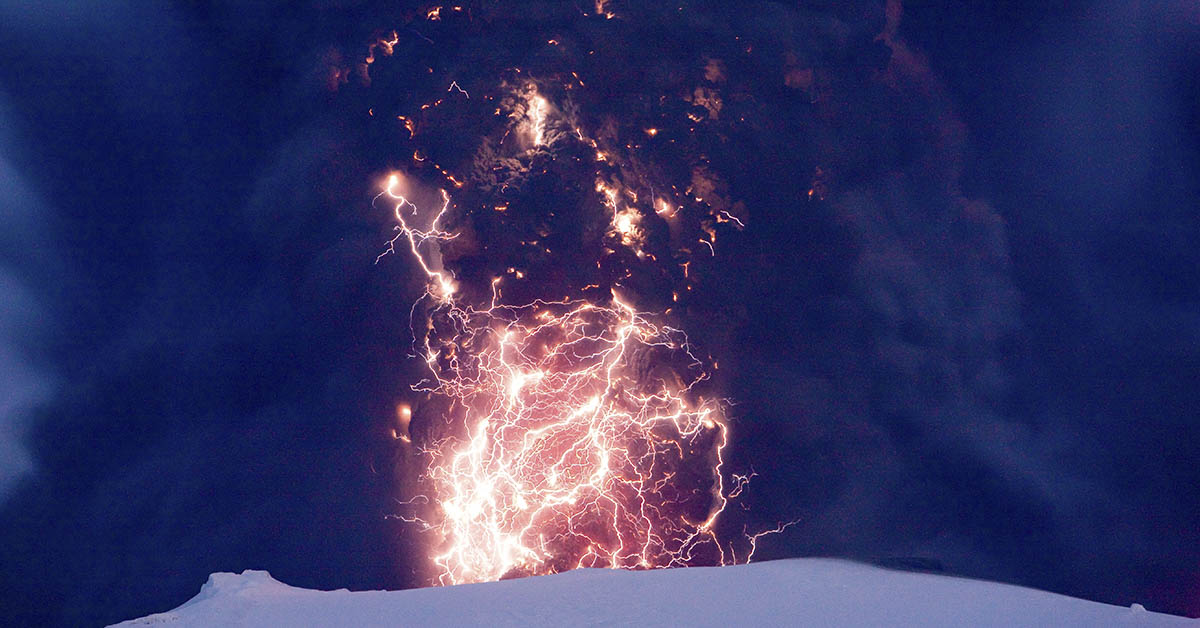Humans love a good lighting show. Put on a firework display, and we will be mesmerized the entire time. Perhaps it is some deeply rooted awe we gain from watching nature create its own awe-inspiring lighting displays throughout time. Whether it’s the ethereal shimmering waves of color of the aurora borealis or the raw power of a summer thunderstorm, we are often left spellbound by the power and beauty of Mother Nature. While lightning storms are already something quite remarkable to witness, there is another type of lightning that is even more spectacular, called volcanic lightning. This type of lightning only occurs during volcanic eruptions, making it even more visually impressive.
Why Volcanic Lightning Occurs

Volcanic lightning occurs when flashes of electricity ignite inside the ash plume and gas that spew out of a volcano during an eruption. In a typical thunderstorm, lightning results from the buildup and discharge of static electricity. However, volcanic lightning doesn’t originate from water clouds, but rather from the clouds of superheated gases, rock, and ash released during an eruption. It is such a complex process that scientists still don’t fully understand it. However, they have identified several contributing factors that may lead to volcanic lightning.
Read More: The Mystery of The Indian Ocean’s ‘Gravity Hole’
The Influence of Ice Charging
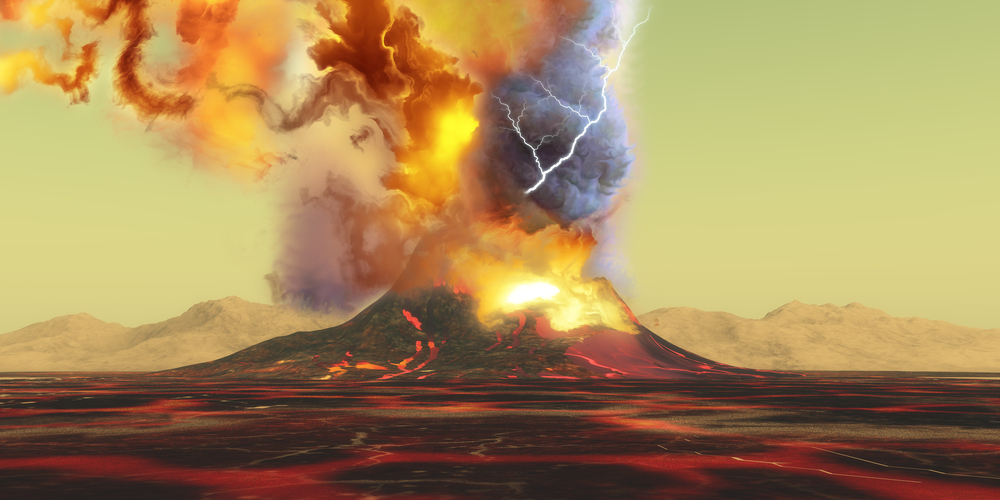
In large volcanic eruptions, the plumes rise high into the Earth’s atmosphere. There, ice charging plays a role similar to what we find in regular thunderstorms. The water vapor inside the plume freezes and becomes tiny ice particles when the gases from the eruption reach the cold upper atmosphere. When these particles crash into one another, the electrons are knocked loose, which leads to a separation of positive and negative charges. The positively charged particles are lighter and are therefore carried even higher by the plume. This separation of charges creates the perfect conditions for the lightning to spark all across the cloud of ash.
The Influence of Frictional Charging
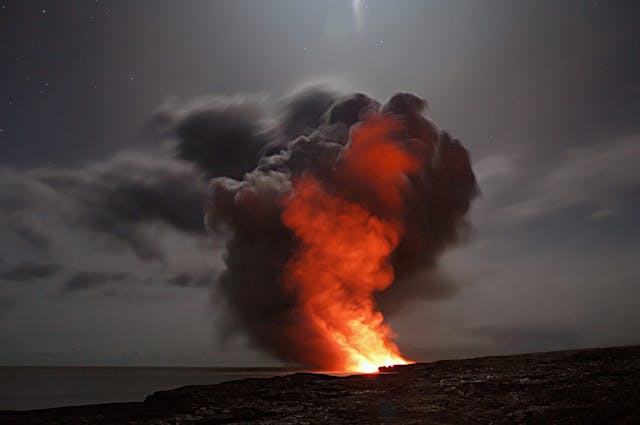
Another source of volcanic lightning is triboelectric, or frictional charging. The fragments of rock, gases, and ash swirl around violently in the column as it rises, causing them to collide at very high speeds. These constant impacts result in electron exchange of the particles, which generates static electricity, similar to when a balloon is rubbed on a sweater. As the huge plume is lifted upwards by convection currents, the particles segregate into distinct areas, which creates very strong electrical fields that can trigger lightning.
Read More: Trees React to Volcano Activity Before Eruptions, NASA Finds
The Influence of Fractoemission
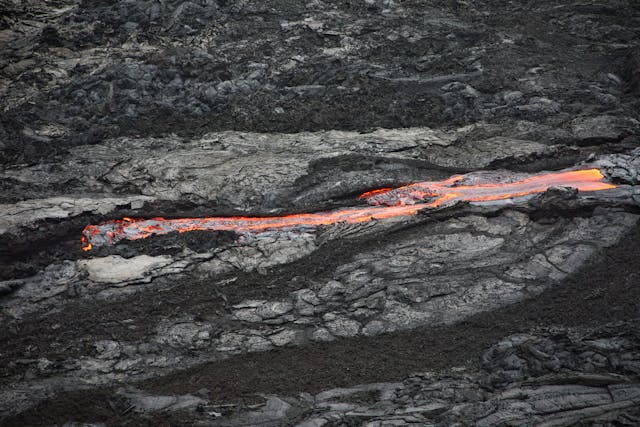
Next up is fractoemission, which is quite similar to frictional charging. Fractoemission occurs when large fragments of rock break apart inside the plume of the eruption. Charged particles are released when the rocks break apart under this intense energy. This significantly adds to the buildup of static electricity. This process is believed to be particularly important close to the vents of the volcano, where the explosive force is strongest. No ice or water is needed for this charge to be created – just the sheer violent force of shattering stones.
The Influence of Radioactive Charging
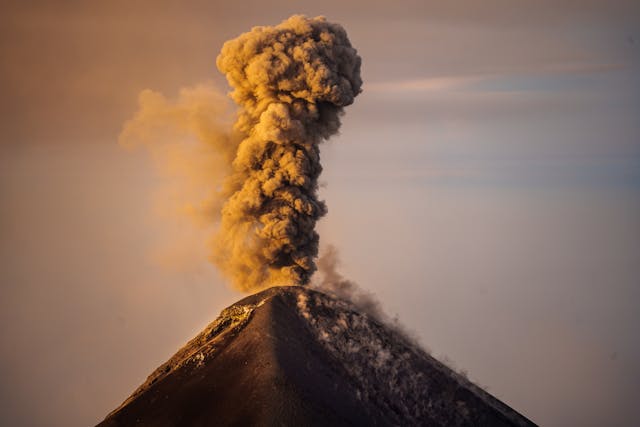
Some of the volcanic ash particles contain radioactive elements that occur naturally. The decay of these elements can also contribute to the incredible electrical activity. Researchers have found that volcanic ash can often carry more radioactivity than the levels present in the background. When these unstable elements start to decay, they can ionise the surrounding particles. Although the overall impact of this type of charge is still relatively unknown, it could play a significant role in the eruptions where the chemistry of the ash supports it.
Read More: Scientists Discover 2.6 Million Golden Eggs Near Underwater Volcano
The Influence of Plume Height in Lightning

While the ash plume’s height is not a charging mechanism itself, it does play a large role in determining whether volcanic lightning will occur. The volcanic eruptions that send material more than seven kilometers into the atmosphere are more likely to produce volcanic lightning. This is mainly due to the fact that there is more water vapor at higher altitudes, in addition to colder temperatures that are conducive to the formation of ice. This can result in increased ice charging and even stronger electric fields.
Volcanic Lightning as a Scientific Tool
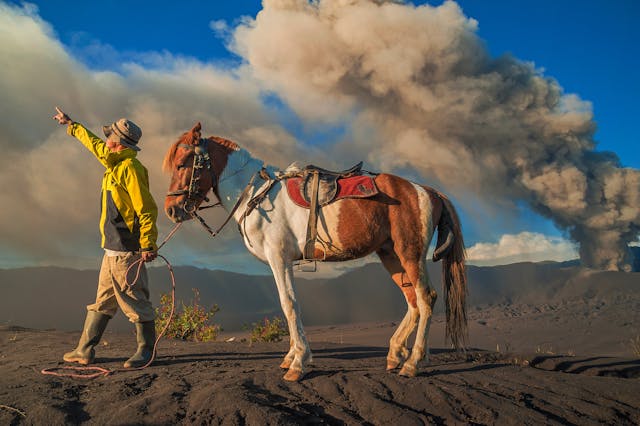
Volcanic lightning is also proving to be a valuable scientific tool. For example, researchers can monitor eruptions even when visibility is low because the lightning can be observed using radio waves or sensors. Additionally, by tracking electrical discharges, volcanologists can gather data regarding the behavior and intensity of a particular eruption. This includes information about the size of the plume and the rate at which it is growing. In certain cases, volcanic lightning has even served as an early warning sign of an impending eruption, since it often occurred before any other seismic activity was noticed.
The Bottom Line
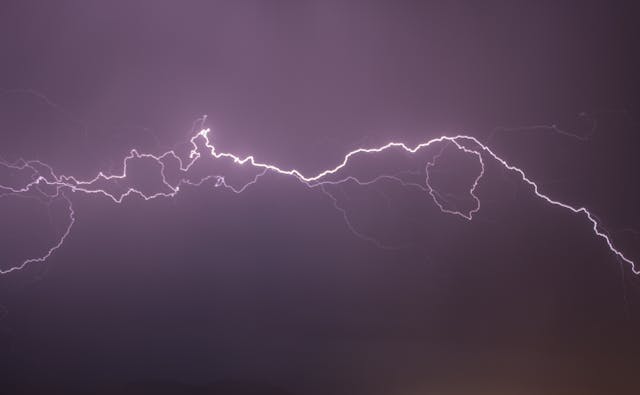
Volcanic lightning is both beautiful and powerful, with origins lying in the potent mixing of gases, stone, ice, and ash deep beneath the surface of the Earth. From friction and fracturing to ice and even radioactivity, a range of various mechanisms combine to generate these rare and spectacular electric storms. Researchers continue to learn more about this force of nature, revealing that volcanic lightning is both an awe-inspiring natural event as well as a valuable scientific tool.
Read More: ‘Zombie Volcano’ Awakens After 250,000 Years
